All About Découpage Art

Craft shops sell special découpage paper and Victorian style decals – the paper shapes designed for scrap books shown here. Victorians would use programs and postcards or collect motifs on a theme, such as birds or flowers, and spend evenings covering objects ranging from folding screens to photograph albums.
Découpage art is a traditional craft in which paper motifs are stuck to objects and then layers of varnish are applied to produce a lacquer-like finish. By carefully arranging motifs, a simple box can be made into something special with decoupage art.
Choosing Your Papers
Pick your papers for your decoupage art carefully. They must be of a reasonable thickness to withstand layers of varnish and they should be printed on one side only – otherwise the underside shows through to the surface after gluing.
For this reason it’s best to avoid thin papers such as magazine pages – the varnish tends to make the printing show through the paler colors: choose the more substantial wrapping papers and greetings cards or ready-made cut-outs.
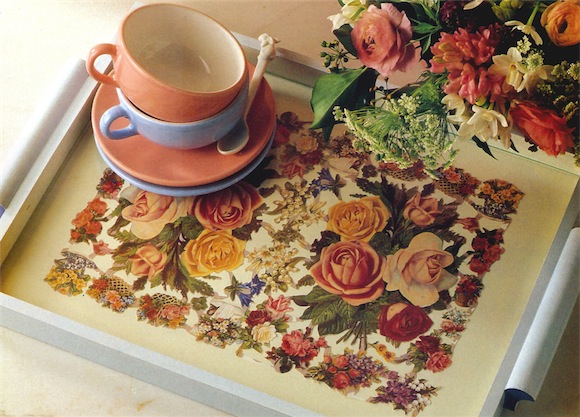
Small floral motifs have been used round the edge of this tray with large scale flowers and leaves used to build up a pair of bouquets. The bunches of flowers face in opposite directions so that the tray can be viewed from both sides. This is a good looking piece of decoupage art.
What is Decoupage Art?
Decoupage or découpage is the art of decorating an object by gluing colored paper cutouts onto it in combination with special paint effects, gold leaf and other decorative elements. Commonly, an object like a small box or an item of furniture is covered by cutouts from magazines or from purpose-manufactured papers.
Each layer is sealed with varnishes (often multiple coats) until the “stuck on” appearance disappears and the result looks like painting or inlay work. The traditional technique used 30 to 40 layers of varnish which were then sanded to a polished finish.
Three dimensional decoupage (sometimes also referred to simply as decoupage) is the art of creating a three-dimensional (3D) image by cutting out elements of varying sizes from a series of identical images and layering them on top of each other, usually with adhesive foam spacers between each layer to give the image more depth.
Pyramid decoupage (also called pyramage) is a process similar to 3D decoupage. In pyramid decoupage, a series of identical images are cut into progressively smaller, identical shapes which are layered and fixed with adhesive foam spacers to create a 3D “pyramid” effect.
Reference: The Country Look—Decor & Crafts


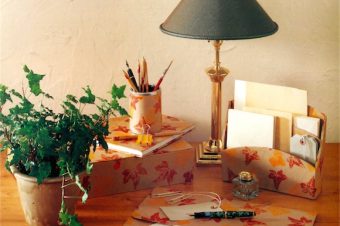

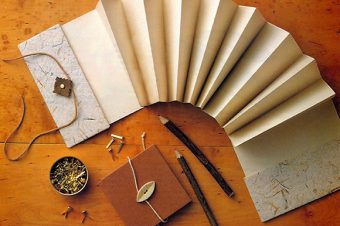
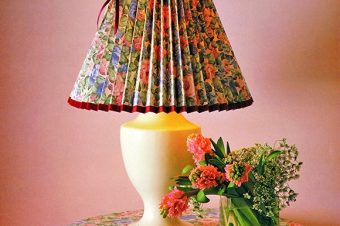

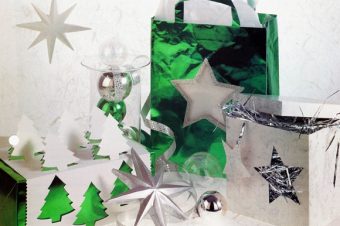
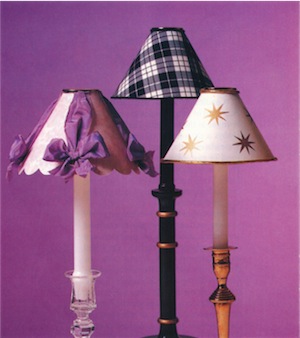
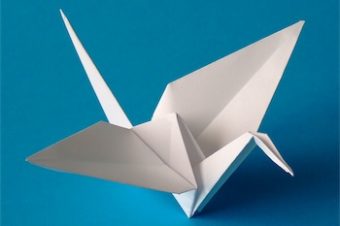
7 Responses
Decoupage Books - Crafting DIY
[…] All About Decoupage Art […]
encyclopath
I’m making a small coffee table out of heavy duty cardboard. I want to decoupage the entire thing, but not sure what glue to use, Modge Podge is too expensive to cover a whole table, I heard white glue, like Elmers mixed with water will work. Would it?
& do I have to seal it afterwards? I am too sensitive to lacquers & things like that, will the glue be enough to seal it all or is there something less potent than a lacquer that I can use?
Anything other suggestions?
Thank you for any answers! Will reward 10 points for best!
Xbox360king
I have brought a a plain sanded box which I have painted with oil paints, and I need to seal it but it hasn’t dried yet, I know it should take long to dry but I want to know if I will ruin it if I put decoupage when it is still wet. I would also like to know if decoupage gives an old or antique-like effect.
Katie
I would take them to my local hardware man and ask his advice, or he might know of a specialist tool sharpening service in your area.
Dr Dorian
I recently got a pair of decoupage scissors, that cost me almost $15, I believe for quality we must pay. The scissors are getting blunt already, these are tweezer scissors with curved blades, they cannot be sharpened using the convential method, with a scissor sharpener.
Please, please give me some ideas because I have soooooo more to cut out.
Thank a lot ahead of time.
Janek
Don’t varnish before only after.
hank baseballs
I primed plus painted a table now I might decoupage the top surface with a map. I have to recognize when I must varnish it before I glaze it to darken the color or could I glaze it plus then varnish to safeguard the surface. Thanks!